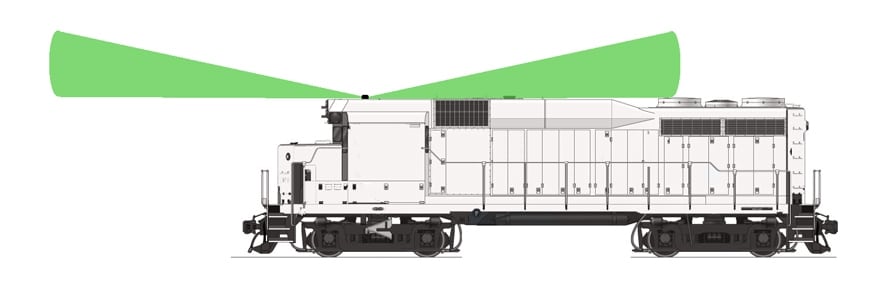Antenna patterning, or radiation patterning, describes the shape of the radiation pattern from an antenna. Antennas can radiate energy in many directions, but that’s not enough to ensure reliable communications. In fact, some antennas don’t work well in some directions at all. That makes radiation patterning an important consideration during product selection, especially when you’re evaluating related specifications such as gain, a measure of an antenna’s ability to radiate power toward a target.
The following sections describe some common types of antennas in terms of patterning and explains when and when not to use them.
Omnidirectional Antennas
Omnidirectional antennas radiate energy equally well in almost all directions. Depending on their design, these antennas can be divided into three categories.
- omnidirectional dipole
- omnidirectional high gain dipole
- hemispheric antennas
Omnidirectional dipole antennas have a donut-shaped radiation pattern. They’re great for connecting devices that are on the same plane and side-by-side. With mobile applications, however, these antennas lack the patterning that’s needed to connect a vehicle at a lower elevation to a tower at a higher elevation. In a multi-story building, they may fail if an antenna on a lower floor is in a dead spot directly below.
Omnidirectional high gain dipole antennas have increased gain at the expense of reduced bandwidth. They’re ideal for connecting devices on the same plane but over greater distances. When they’re installed atop towers or buildings, however, these antennas usually won’t provide coverage underneath the structure. However, adjusting the height of the antenna can bring coverage closer to the structure’s base.
Hemispheric antennas have a radiation pattern that’s shaped like half of a ball, or sphere. They are recommended for indoor deployments and mobile applications. By mounting these antennas so that their radome faces upward, it’s possible to transmit to and receive at higher elevations. For in-building applications, these antennas reduce the risk of dead spots if the antenna on a lower floor is directly below.
Directional antennas
Directional antennas radiate in specific directions instead of over a broad area. Typically, the antenna pattern is a radius of between 45° and 90°. Increasing the gain increases the coverage distance but it also decreases the coverage angle. Applications for directional antennas include cellular networks, base stations, and land mobile radio (LMR).
Now that you know more about antenna patterning, which type of product do you need? For help with antenna selection, or to discuss your application requirements, contact MP Antenna.

